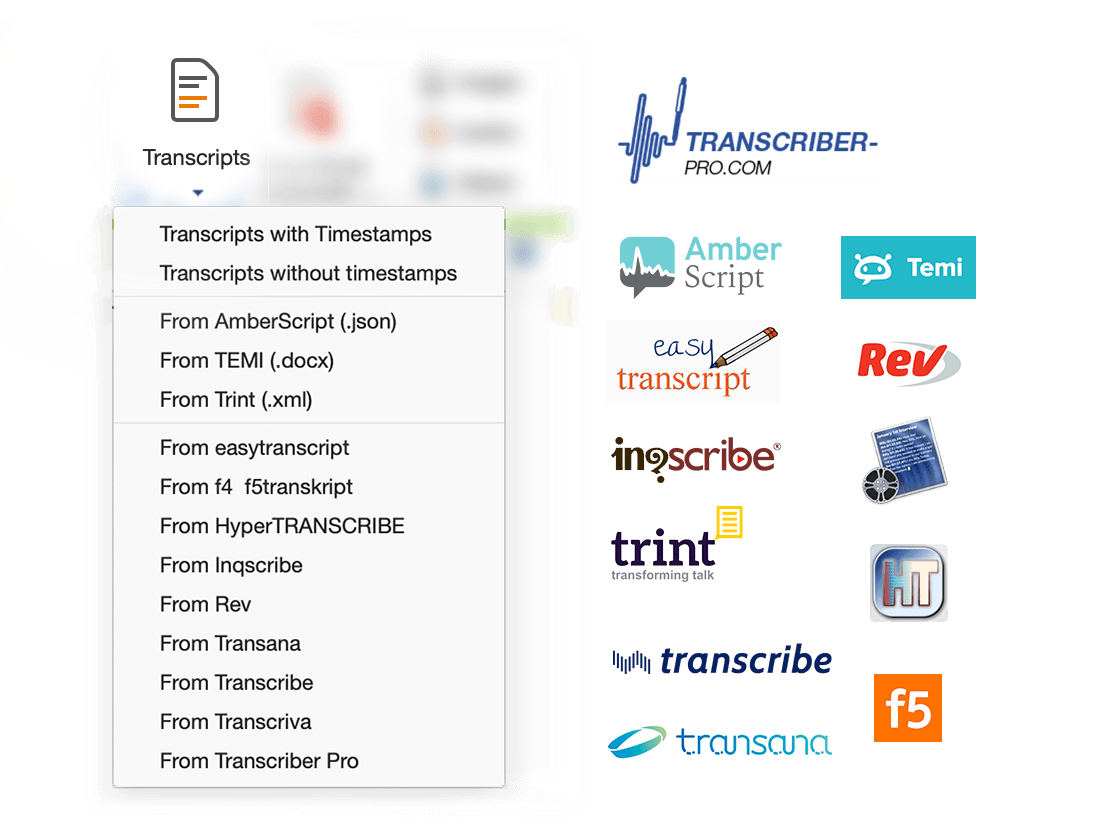

Speaker idiosyncrasies such as the repetitive use of “like,” “actually,” “sort of,” “kind of”, etc.Repetition of words, unless useful for emphasis.Filler speech, including “um,” “uh,” etc.(You can also view an example verbatim transcript, along with its clean verbatim counterpart.) Clean verbatim transcription rulesĬlean verbatim, also known as intelligent verbatim or non-verbatim, is a style of transcription that omits or adjusts the following: Below is a detailed description of both transcription types based on our style guide at Opal. Style rules for clean verbatim and true verbatim may vary slightly among transcription service providers. While clean verbatim strives to capture what is said, true verbatim also aims to capture how something is said. True verbatim transcription (also known as strict verbatim, or simply verbatim)Įach style of transcription is useful under certain circumstances.Clean verbatim transcription (also known as intelligent verbatim or non-verbatim).There are two main types of transcription:

Note: If you’re doing your own transcripts, check out our interview transcription tutorial for some great time-saving tips! Types of transcription Here, we aim to clear up any confusion surrounding the two types of transcription so you can make the best choice for your project. When you place an order for transcripts, most agencies will offer you a choice between clean verbatim and non-verbatim transcription services.


 0 kommentar(er)
0 kommentar(er)
